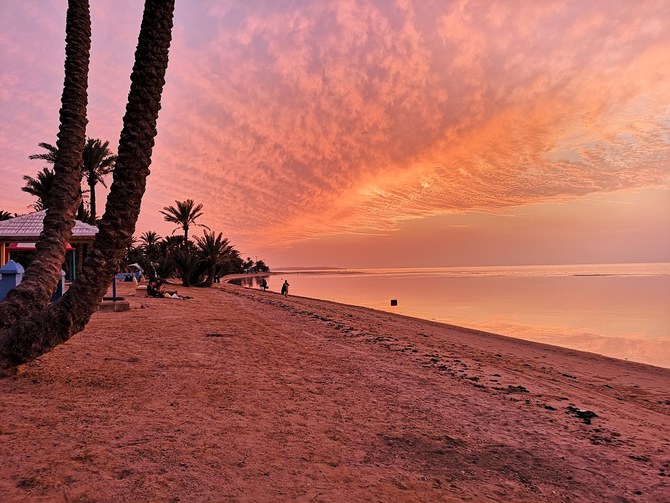LONDON: Saudi Arabia has been designated “the final frontier of tourism” by Lonely Planet, one of the world’s largest travel guidebook publishers.
The sixth edition of the company’s Oman, UAE & Arabian Peninsula travel guide was published this month, with an extensively updated section on Saudi Arabia, which announced its newly simplified e-visa late September.
Tharik Hussain, who wrote the section on Saudi Arabia, told Arab News that it is the most-comprehensive guide yet to the attractions of the Kingdom.
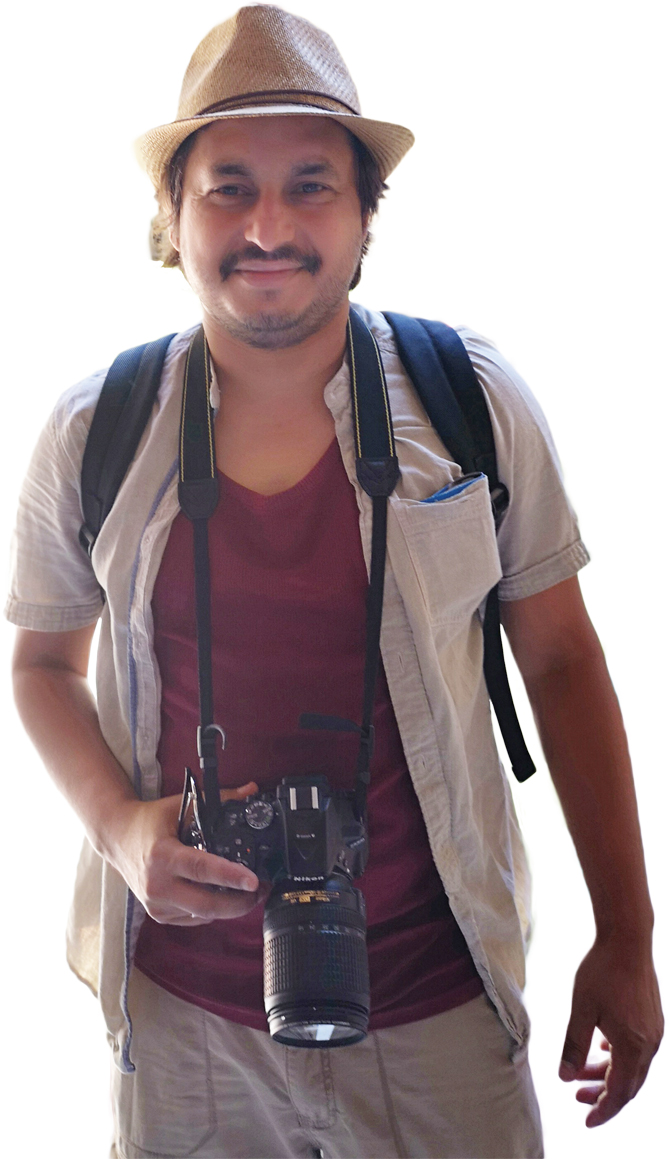
Tharik Hussain spent around two months in Saudi Arabia researching its numerous tourism and heritage sites for the book. (Tharik Hussain)
“It’s a good time to make sure that the guidebook was brought up to speed and reflected what is really on the ground. If you look at the previous editions, coverage was minimal because Saudi Arabia was ‘the impossible country’ to get in to,” he said, adding that while Muslims could previously acquire a visa for pilgrimage, it was not easy to travel around the rest of the country.
Hussain, a Bangladesh-born British Muslim who previously lived in Jeddah, spent around two months in Saudi Arabia researching its numerous tourism and heritage sites for the book. He acknowledged that, despite its hefty expansion, the updated guide still only covers a small amount of what is available in such a vast country, but said it covers “all the compass points and major towns” and “serves as a foundation for the Kingdom’s global tourism, which can be built upon.”
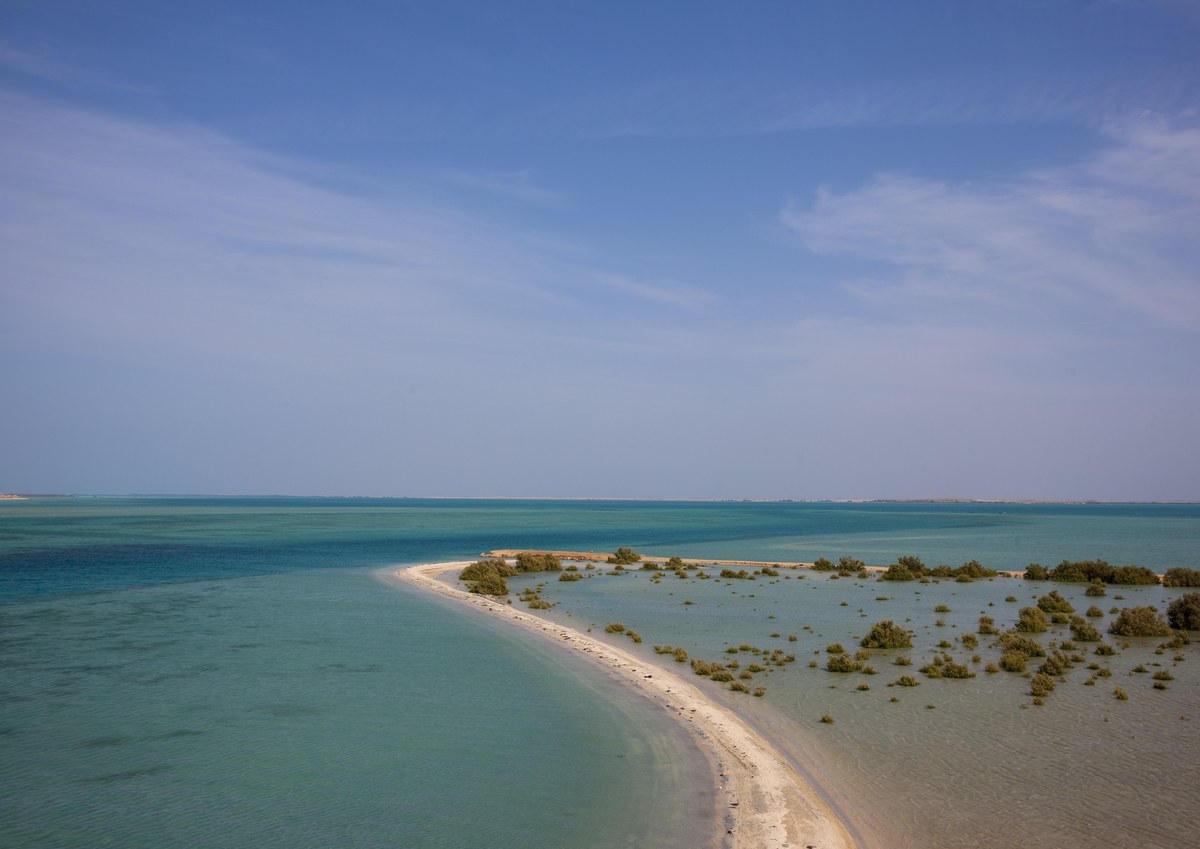
Farasan Islands is historically home to wealthy pearl divers and merchants. (Tharik Hussain)
This is the first time in recent history that Lonely Planet has sent one of its researchers to travel across the Kingdom, and the writer claims it is the first time any foreigner has explored the entire country this century.
“I was turning up in places where I felt I was the only outsider who had ever been (to) that area, in the far reaches of the corners of Saudi, like Haql in the northwest from where you can see the Jordanian and Egyptian border, to the huge oasis town of Al-Hofuf in the Eastern Province, I went to the Farasan Islands in the deeper south, I was in Dammam and Hail, I went to the edge of the Empty Quarter and the Red Sea. It was pretty epic,” Hussain said.

The rub' al Khali empty quarter desert aerial view. (Getty)
“I think one of the most amazing strands that rarely gets spoken about — and Saudi Arabia is really onto something if it knows how to tap into it — is Red Sea diving,” Hussain added.
There are dive shops across the country, especially in Jeddah, Tabuk, Umluj and Yanbu, where you will meet local divers and instructors (including female instructors), he explained, who mention “the pristine and almost virgin territory, because there’s never been any mass tourism. Some of these places have amazing flora and fauna and rare creatures, like the whale shark and the hammerhead shark.”
The Haramain High Speed Railway that transports pilgrims to the Holy Cities was opened last year and several new rail and metro systems are also under construction, along with new roads to accommodate the expected boom in tourism, as Saudi Arabia aims to challenge the UAE as the Gulf’s main tourist destination.
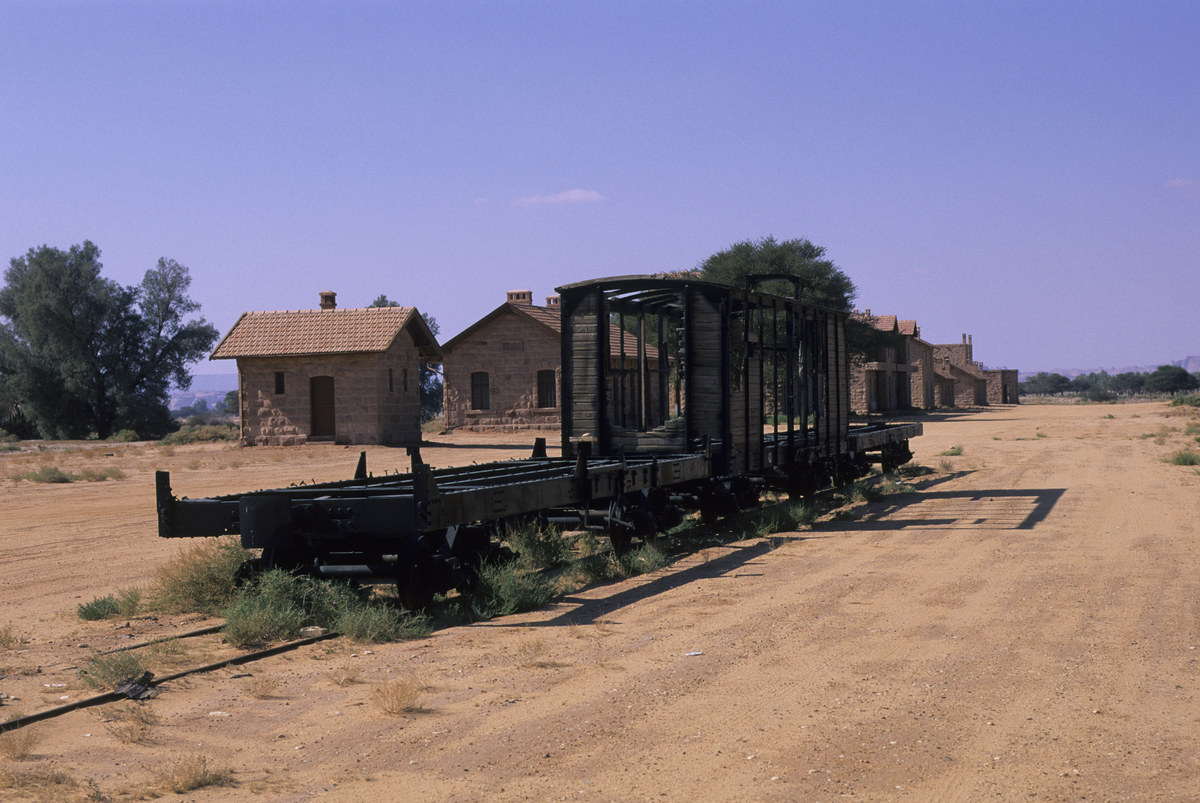
The Hijaz Railway Station transported pilgrims to the Holy cities. (Getty)
Hussain said: “Clearly they’re working hard and you see lots of infrastructure in a lot of tourism sites, especially the really amazing UNESCO World Heritage ones that date back thousands of years.”
In February, Crown Prince Mohammed bin Salman launched tourism projects in AlUla, an area in northwest Saudi Arabia so rich in cultural and natural history that it has been dubbed “an open-air museum.”
Those projects include the Sharaan Nature Reserve and a resort designed by renowned French architect Jean Nouvel, who designed Louvre Abu Dhabi.
The guide also sheds light on the ancient city of Madain Saleh, the Kingdom’s first UNESCO World Heritage Site, which lies within AlUla. The city was built more than 2,000 years ago by the Nabataeans —Arab people native to northern Arabia and the Southern Levant.
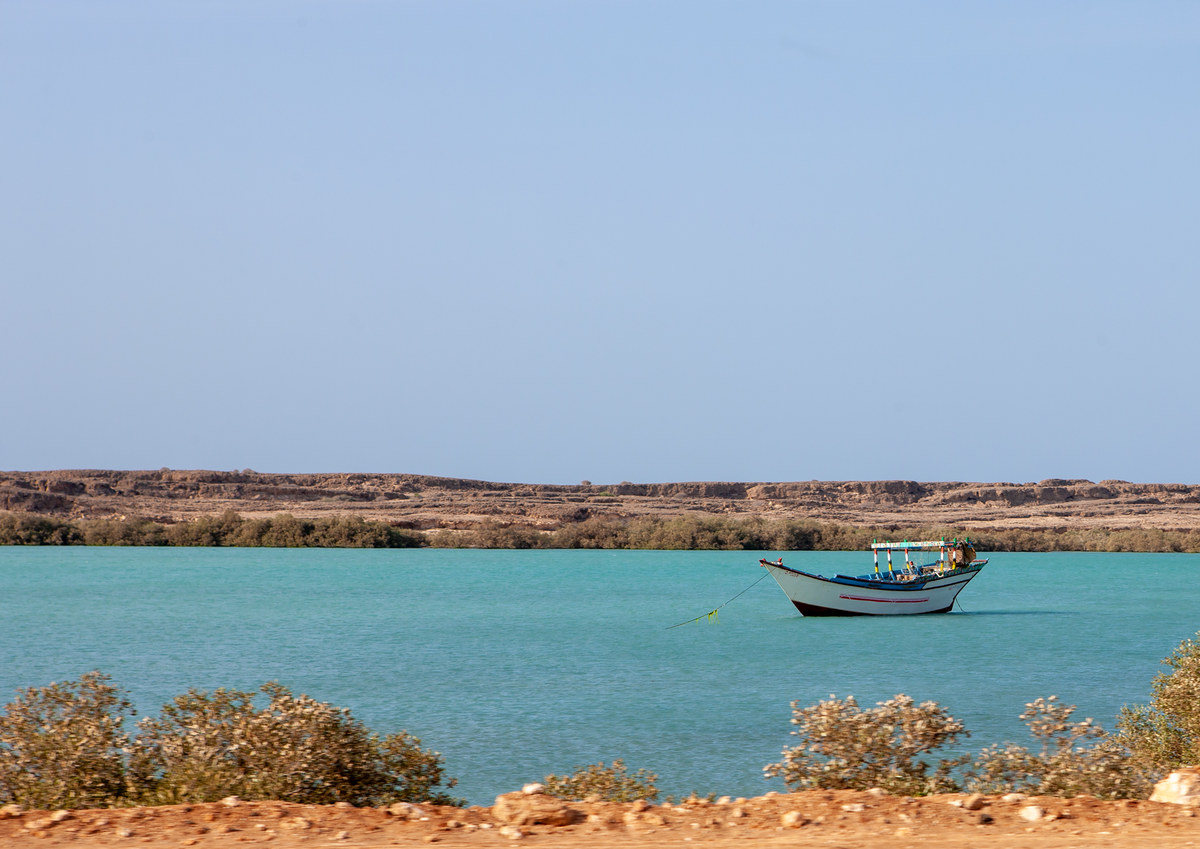
Farasan Islands is historically home to wealthy pearl divers and merchants. (Tharik Hussain)
The new edition of Lonely Planet goes into more detail on the sites that it has covered in the past, but also touches on remote and never-before-covered areas, including the Farasan Islands, which were historically home to wealthy pearl divers and merchants.
“Most of the houses are in semi-ruins but are being slowly refurbished,” Hussain said. “The architecture is completely different to anything else (in) the rest of Saudi Arabia and (it) really blew me away. You could see the style had been influenced by the Islamic art and architecture of places like India, which the pearl merchants would have been trading with.”
The southern Asir region is included in Lonely Planet for the first time. “Asir is the only place in the whole of Saudi Arabia where they have forests and these amazing mountain villages that are completely different from the rest of Saudi Arabia,” Hussain said.
Asir National Park is home to the Kingdom’s highest peak, Mount Sawda, part of the Sarawat Mountains. It stands more than 3,000 meters above sea level, with cable cars, viewing areas covered in a juniper-type forest, and several picnic spaces.
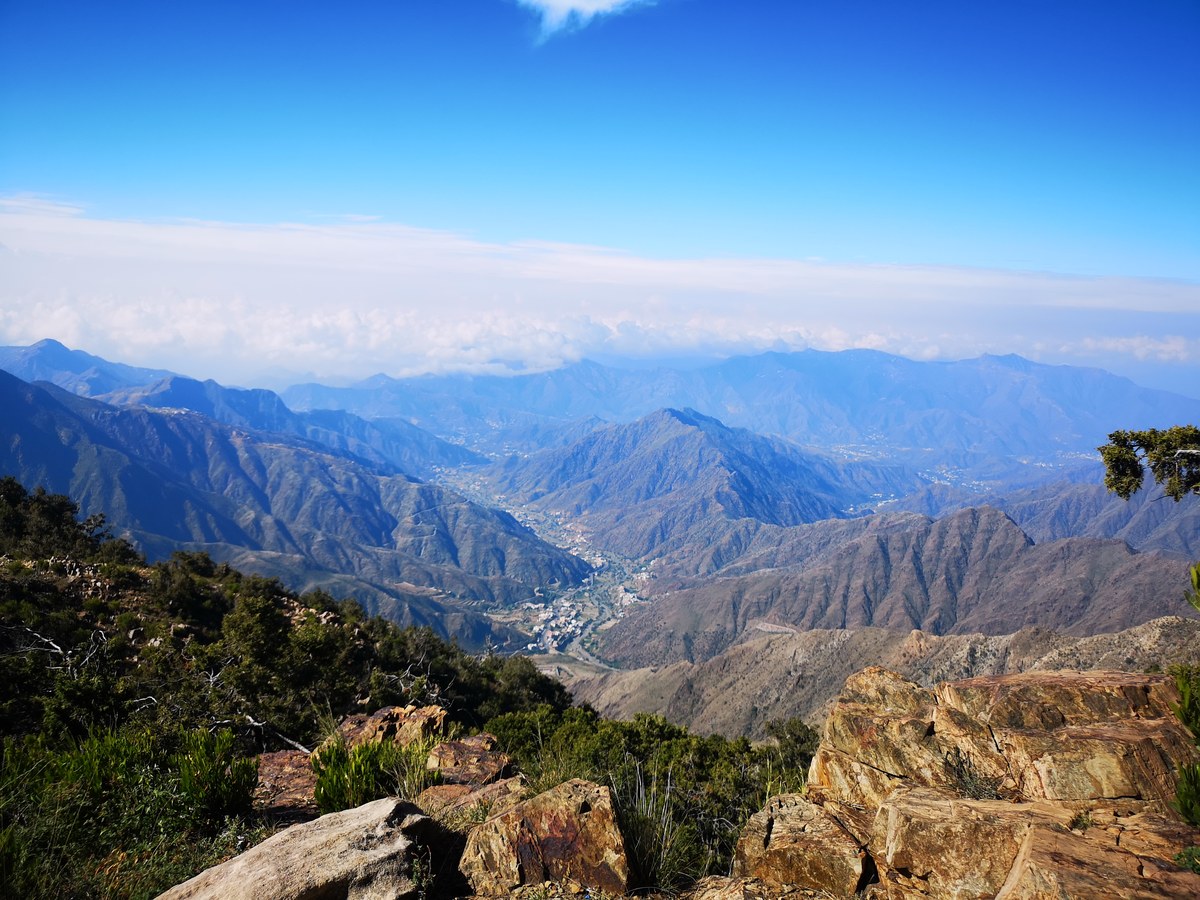
Asir National Park is home to the Kingdom’s highest peak, Mount Sawda. (Tharik Hussain)
“All around that region and tucked away in the valleys are these beautiful villages of stone houses that look like they’ve been carved into the face of the mountain. They are absolutely stunning,” Hussain said, adding that many of them were uninhabited and used as tourist attractions, like the ‘Hanging Village’ of Al-Habala, which used to be accessed solely via ropes.
The guide also highlights Jeddah’s old town of Al-Balad — another UNESCO World Heritage site — as a must-see destination.
The district’s buildings are made from Red Sea coral and feature beautiful hanging “mashrabiyas” — huge wooden lattice balconies that allow cool air to flow in but keep the sun and prying eyes out.
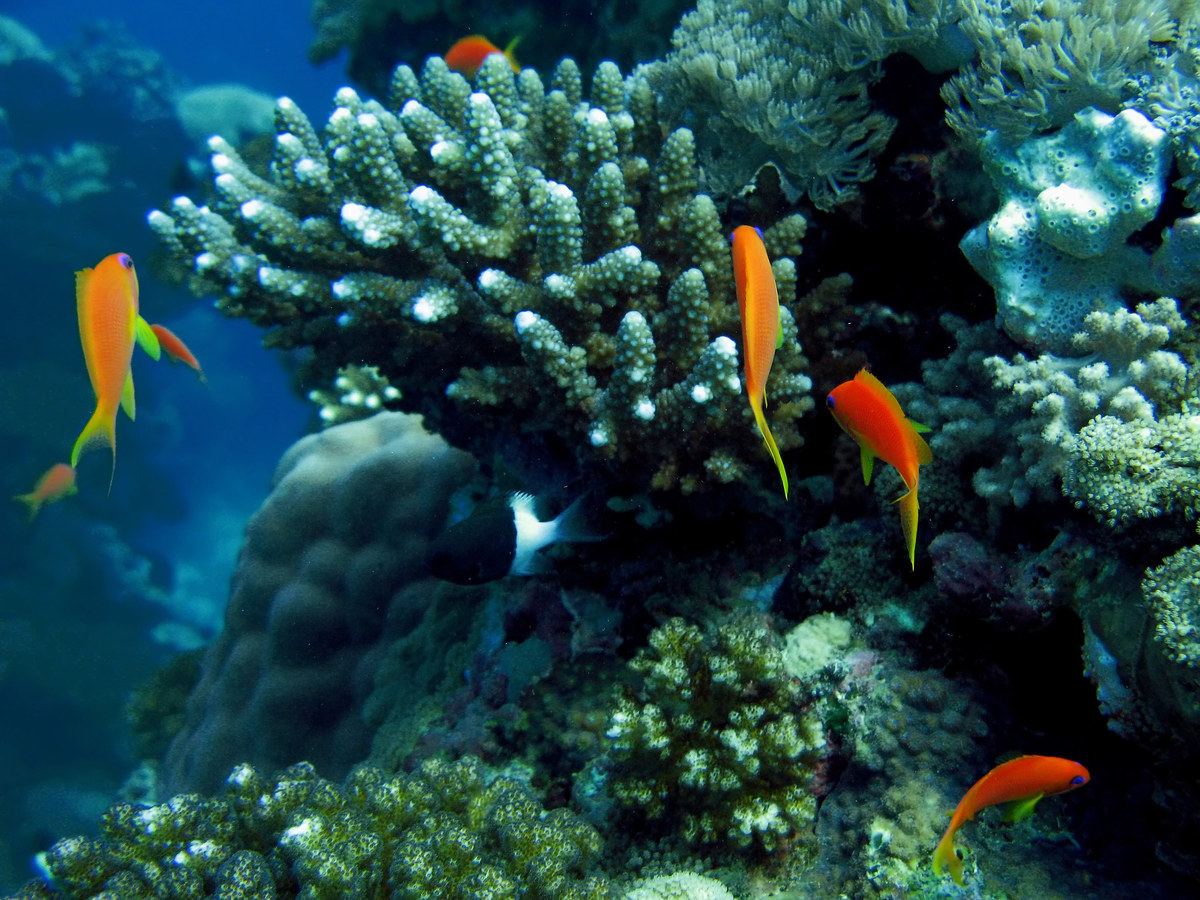
Coral reefs decorate the Red Sea in Jeddah. (AFP)
There are also the ruins of the Hijaz railway that was built by the Ottomans to transport pilgrims betweeen Damascus and Madinah. Remnants of the project, including overturned locomotives, can be found scattered across the country and some of the bigger old stations have been reappropriated. Those in Tabuk and Madinah have been turned into museums.
For Hussain, the chance to describe these sites at the time of such a highly anticipated change in the Kingdom’s tourism sector was a unique opportunity.
“Saudi Arabia is so diverse in what it has to offer and, generally, it’s an absolutely amazing place to travel around,” he said. “I hope this guide shows just how much potential it has as a tourist destination.”


